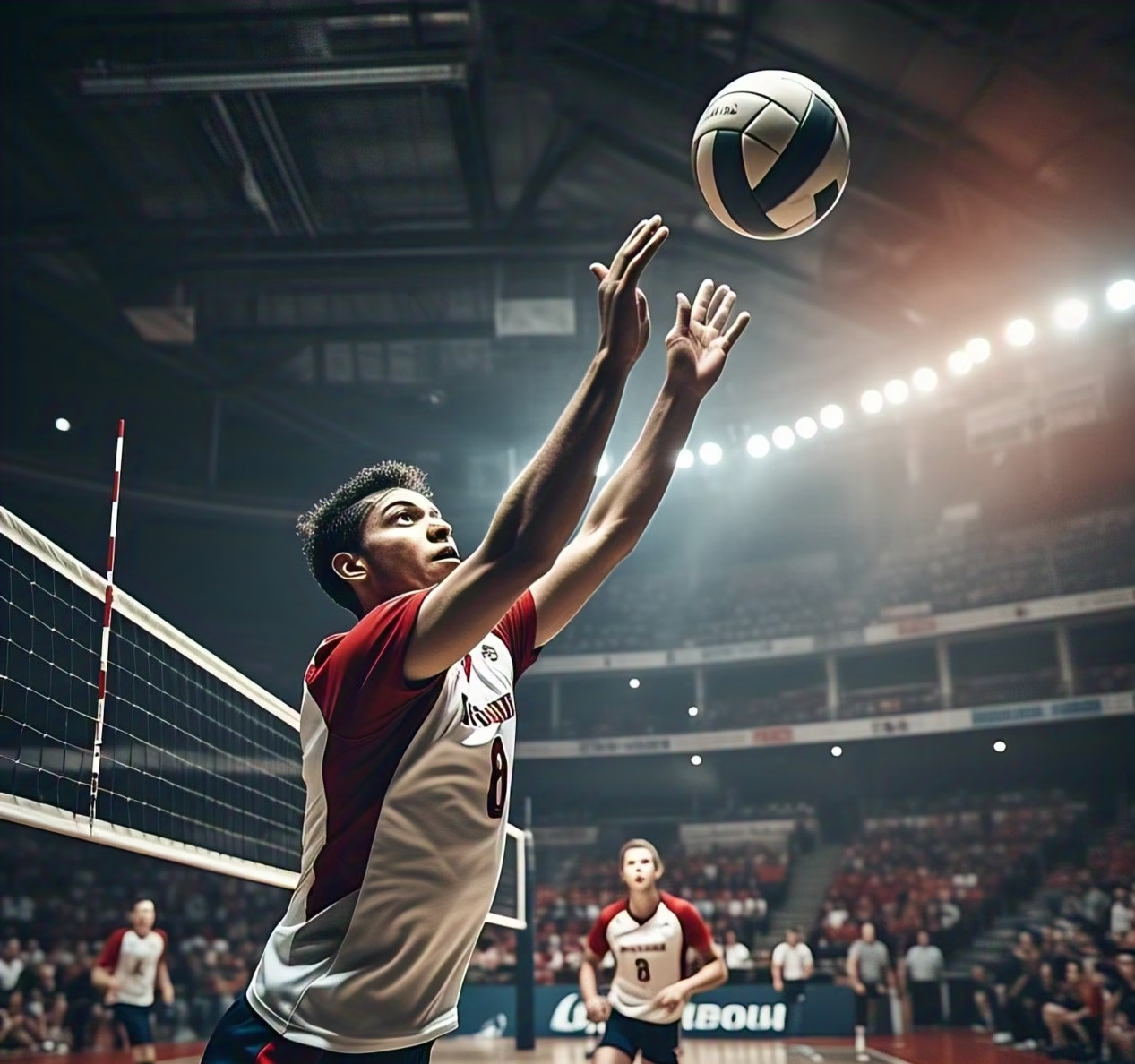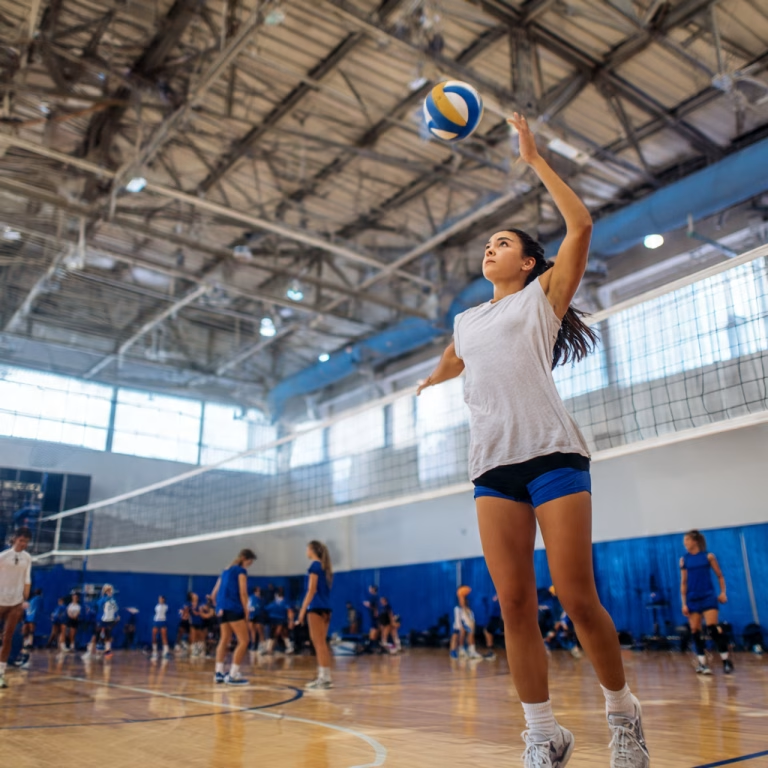A volleyball game is full of exciting moments, from powerful serves to strategic plays. One of the most electrifying and decisive actions in the game is the “kill.” This term is frequently used by players, coaches, and commentators, but what exactly does it mean? So what is a kill in volleyball?
Definition of a Kill in Volleyball
In volleyball, a “kill” refers to an attack that results in an immediate point for the attacking team. It happens when a player spikes, tips, or hits the ball over the net in a way that the opposing team cannot successfully return or defend against. A kill is a direct and effective way to score, demonstrating skill, power, and precision.
Key Components of a Kill
To understand a kill better, it’s essential to break it down into its fundamental components:
- Attack Attempt: A player attempts to hit the ball over the net into the opponent’s court.
- Defensive Inability: The opposing team is unable to dig or return the ball successfully.
- Point Scored: The attacking team is awarded a point because the ball lands on the opponent’s side or is not returned.
Types of Kills in Volleyball
There are several types of kills, each used strategically based on the game situation:
- Power Kill (Spike): This is the most common and aggressive form of a kill, where a player jumps and delivers a forceful downward hit.
- Tip Kill: Instead of spiking, the player lightly tips the ball over blockers to catch the defense off guard.
- Roll Shot Kill: A controlled attack where the player puts a soft spin on the ball, making it difficult for defenders to predict its trajectory.
- Back-Row Kill: An attack executed by a back-row player from behind the attack line, demonstrating powerful offense even from deeper positions on the court.
- Block Kill: When a player deflects an opponent’s attack back into their court, resulting in a point for the blocking team.
Techniques for Executing a Successful Kill
Achieving a kill requires a combination of technical skills, timing, and strategic placement. Here are some essential techniques for executing a successful kill:
- Approach and Jump: A well-timed approach allows players to generate momentum and elevation for a strong attack.
- Arm Swing and Contact: Proper arm mechanics and hand positioning help generate power and accuracy in the attack.
- Aiming for Weak Spots: Targeting open areas or defensive weaknesses increases the chances of an unreturned attack.
- Reading the Block: Skilled attackers analyze the opposing blockers to adjust their shot selection accordingly.
How Kills Impact a Volleyball Match
A kill can significantly influence the momentum of a volleyball game in the following ways:
- Boosts Team Morale: A well-executed kill energizes players and motivates the team.
- Puts Pressure on Opponents: Consistently scoring through kills forces the opposing team to adjust their defense.
- Creates Strategic Opportunities: By establishing a dominant offensive presence, a team can create more scoring chances and diversify their attack strategies.
Kill Leaders and Notable Players
Throughout volleyball history, several players have made a name for themselves as dominant attackers. Professional and collegiate statistics track “kill leaders,” showcasing athletes who consistently score through powerful and well-placed attacks.
A kill in volleyball is one of the most exciting plays in the sport, demonstrating offensive prowess, strategic execution, and teamwork. Whether it’s a thunderous spike or a deceptive tip, every kill contributes to a team’s success. Understanding the mechanics and impact of kills can enhance both player performance and appreciation for the game.




